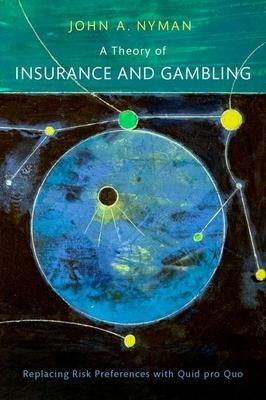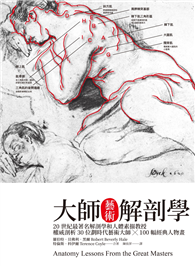In 1948, Milton Friedman and L. J. Savage suggested that risk preferences explain the demand for insurance and gambling--a theory that is still almost universally accepted by economists today. If you were to ask almost any economist why people purchase insurance, they would say it is because most people are "risk averse," or equivalently, "prefer certainty of losses." If asked to explain why people gamble, they would say it is because some people are "risk seekers."
In A Theory of Insurance and Gambling, John A. Nyman critiques this approach and proposes a new theory of the motivations for insurance and gambling. He argues that demand for insurance and gambling is best understood by focusing not on risk preferences, but on the income transfer, the states of the world that trigger the income transfer, and the value of the income in those states. In other words, insurance is motivated by a preference to transfer income to future states of the world where income is more valuable. Gambling, on the other hand, is motivated by a preference to transfer income to future states of the world where additional income is less costly to obtain. Nyman ultimately seeks to reorient how economists think about insurance and gambling by moving away from seeing uncertainty as a negative motivating factor to simply a mechanical feature that allows for the augmentation of income and consumption. He moves away from biased models that ignore income effects and state dependency when evaluating the benefits from insurance and gambling, and away from preferences regarding risk toward the desire to obtain additional future income. Presenting the case that risk preferences do not motivate demand for insurance or gambling, A Theory of Insurance and Gambling calls into question a fundamental tenet of economic thinking.| FindBook |
有 1 項符合
A Theory of Insurance and Gambling: Replacing Risk Preferences with Quid Pro Quo的圖書 |
 |
A Theory of Insurance and Gambling: Replacing Risk Preferences with Quid Pro Quo 作者:Nyman 出版社:Oxford University Press, USA 出版日期:2024-02-01 語言:英文 規格:精裝 / 280頁 / 普通級/ 初版 |
| 圖書館借閱 |
| 國家圖書館 | 全國圖書書目資訊網 | 國立公共資訊圖書館 | 電子書服務平台 | MetaCat 跨館整合查詢 |
| 臺北市立圖書館 | 新北市立圖書館 | 基隆市公共圖書館 | 桃園市立圖書館 | 新竹縣公共圖書館 |
| 苗栗縣立圖書館 | 臺中市立圖書館 | 彰化縣公共圖書館 | 南投縣文化局 | 雲林縣公共圖書館 |
| 嘉義縣圖書館 | 臺南市立圖書館 | 高雄市立圖書館 | 屏東縣公共圖書館 | 宜蘭縣公共圖書館 |
| 花蓮縣文化局 | 臺東縣文化處 |
|
|
圖書介紹 - 資料來源:博客來 評分:
圖書名稱:A Theory of Insurance and Gambling: Replacing Risk Preferences with Quid Pro Quo
內容簡介
作者簡介
John A. Nyman is Professor Emeritus of Health Policy and Management in the School of Public Health at the University of Minnesota. His research interests lie mainly in insurance, cost-effectiveness analysis, and gambling. He has also written on nursing home policy and health promotion programs in the workplace. He has written over 150 research articles and is the author of The Theory of Demand for Health Insurance (Stanford University Press, 2003).
|










